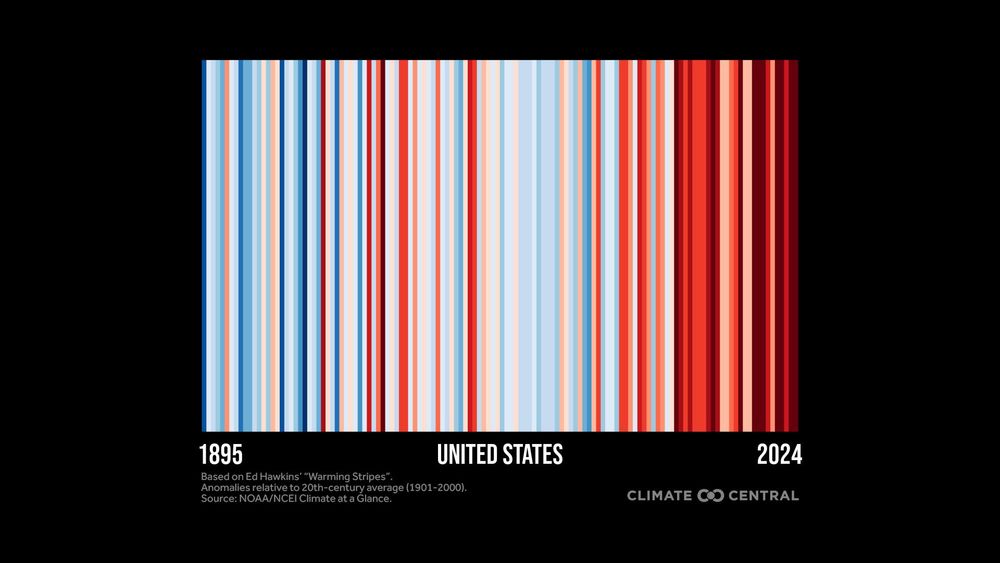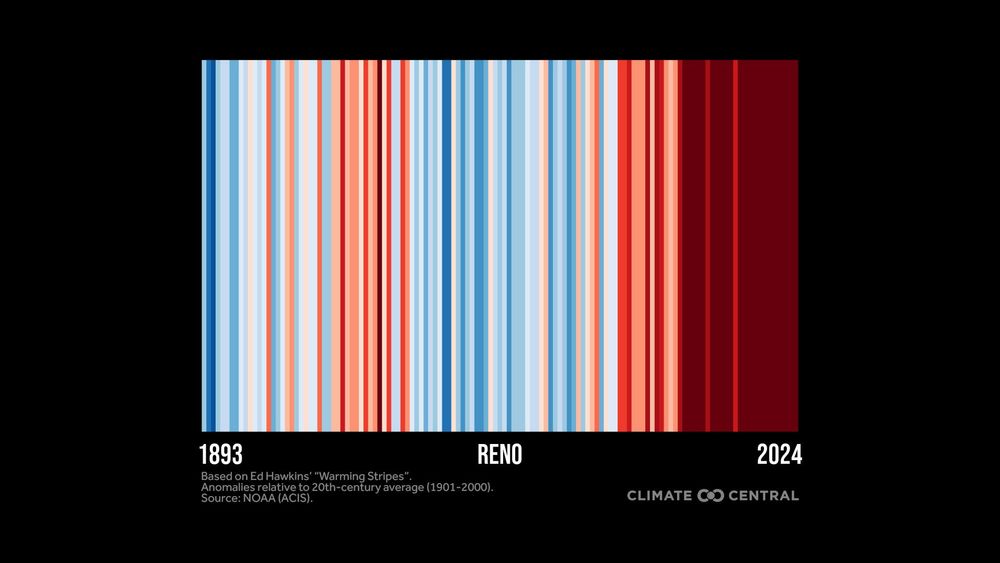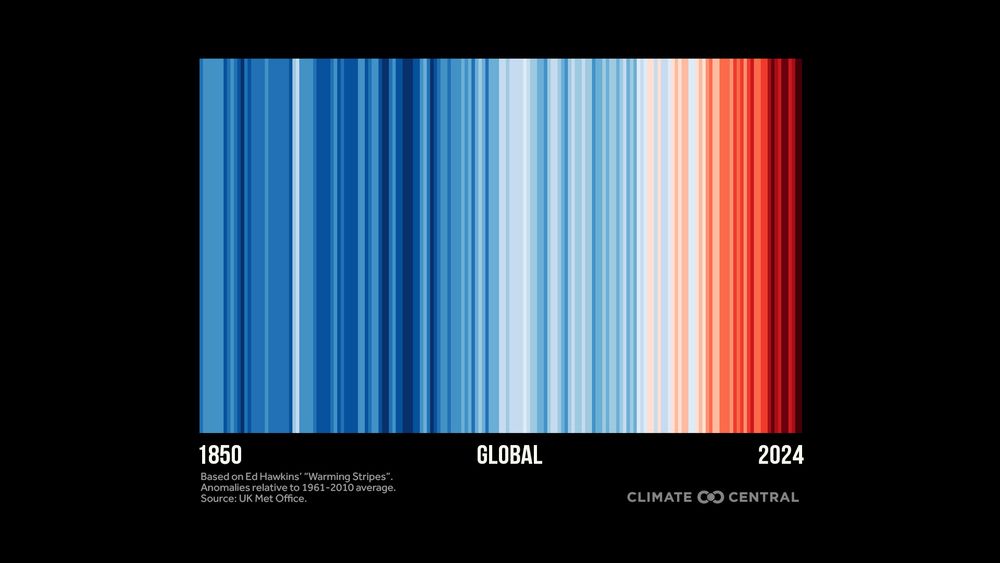Allison Crimmins
@acrimmins.bsky.social
7.6K followers
1.4K following
65 posts
Lady who climates. Executive Director for Industry Proving Ground at NOAA: Director of the Fifth National Climate Assessment. View my own. She/her.
Posts
Media
Videos
Starter Packs
Pinned
Reposted by Allison Crimmins
Reposted by Allison Crimmins
Reposted by Allison Crimmins
Reposted by Allison Crimmins
Andrew Dessler
@andrewdessler.com
· Jul 31
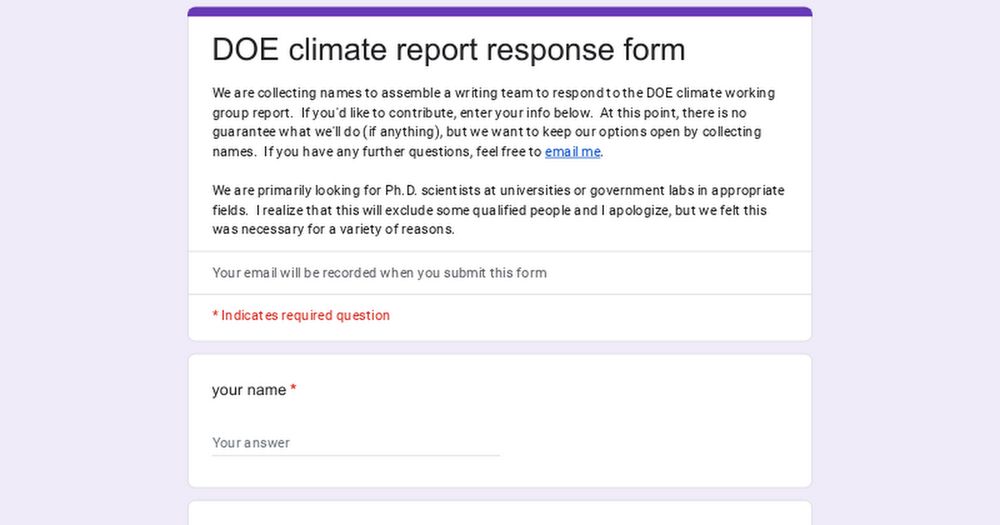
DOE climate report response form
We are collecting names to assemble a writing team to respond to the DOE climate working group report. If you'd like to contribute, enter your info below. At this point, there is no guarantee what we'll do (if anything), but we want to keep our options open by collecting names. If you have any further questions, feel free to email me.
We are primarily looking for Ph.D. scientists at universities or government labs in appropriate fields. I realize that this will exclude some qualified people and I apologize, but we felt this was necessary for a variety of reasons.
forms.gle
Reposted by Allison Crimmins
Allison Crimmins
@acrimmins.bsky.social
· Jun 17
Allison Crimmins
@acrimmins.bsky.social
· May 21

Public engagement in climate assessment: lessons and opportunities - Climatic Change
Cyclical and sustained engagement throughout and beyond individual climate assessment cycles ensures that assessments (1) meet the user need of the moment; (2) reach the broadest possible decision-mak...
link.springer.com
Allison Crimmins
@acrimmins.bsky.social
· May 21

The social sciences in climate assessments in the United States - Climatic Change
This article looks at the inclusion of the social sciences in recent climate assessment reports from national and sub-national jurisdictions (state, territory, district) of the United States. It compa...
link.springer.com
Allison Crimmins
@acrimmins.bsky.social
· May 21
Reposted by Allison Crimmins
Kate Marvel
@drkatemarvel.bsky.social
· May 13

Kate Marvel & Friends: Feeling Climate Change
Tickets for Kate Marvel & Friends: Feeling Climate Change in New York from NYPL. The climate scientist is joined by a group of special guests to share insights, data, and stories that reflect how it f...
www.showclix.com
Reposted by Allison Crimmins
Costa Samaras
@costasamaras.com
· May 2

AGU and AMS join forces on special collection to maintain momentum of research supporting the U.S. National Climate assessment
Congressionally mandated, the NCA draws on the latest scientific research to evaluate how climate change is affecting the United States. The new special collection does not replace the NCA but instead...
news.agu.org
Reposted by Allison Crimmins
Kate Marvel
@drkatemarvel.bsky.social
· Apr 29
David Hsu
@dhsu.bsky.social
· Apr 29

National Climate Assessment Authors Are Dismissed by Trump Administration (Gift Article)
The Trump administration told researchers it was “releasing” them from their roles. It puts the future of the assessment, which is required by Congress, in doubt.
www.nytimes.com
Allison Crimmins
@acrimmins.bsky.social
· Apr 28
Allison Crimmins
@acrimmins.bsky.social
· Apr 24

Centering environmental justice in United States (U.S.) National Climate Assessments (NCAs): a historical and contemporary analysis - Climatic Change
Since 1990, the U.S. Global Change Research Program has published five cross-sectoral National Climate Assessment (NCA) reports. Federal, state, and local governments, policymakers, and the public emp...
link.springer.com
Allison Crimmins
@acrimmins.bsky.social
· Apr 15

Analysis of nature-related themes and terminology in U.S. climate assessments - Climatic Change
“Nature” is a broad term with neither a standard definition nor consistent use, even across federal reports like the National Climate Assessment (NCA). The process of defining complex topics like “nat...
link.springer.com
Allison Crimmins
@acrimmins.bsky.social
· Apr 15
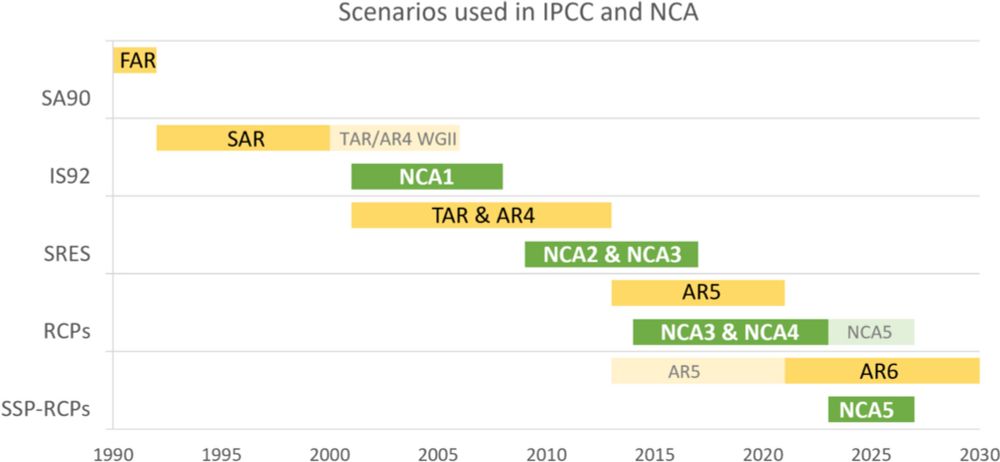
Projections of future climate for U.S. national assessments: past, present, future - Climatic Change
Climate assessments consolidate our understanding of possible future climate conditions as represented by climate projections, which are largely based on the output of global climate models. Over the ...
link.springer.com
Allison Crimmins
@acrimmins.bsky.social
· Mar 27

Reflections on preparing regional chapters for NCA5 - Climatic Change
Regional chapters in the National Climate Assessment (NCA) report provide a comprehensive synthesis of how climate change is impacting United States regions and are extensively used to support climate...
link.springer.com







